TUCSON, Arizona — In early February, U.S. Sen. Brian Schatz, D-Hawaii, took to the Senate floor to lambast 70 universities and museums for failing to return tens of thousands of Indigenous human remains and artifacts to the Native American tribes from which they were taken.
Schatz called the institutions the foremost offenders of the Native American Graves Protection and Repatriation Act, known as NAGPRA, and accused them of having “done everything in their power to obstruct and obfuscate when confronted about their collections.”
One of the institutions Schatz singled out was the University of Arizona.
“This is not morally ambiguous,” Schatz said. “There is nothing to ponder here. The fact is these items do not belong in museums and universities, or to science or academia. They belong to the Native people from which they came.”
It was not the first time the staff at UArizona’s Arizona State Museum, known as ASM, faced public criticism for its slow repatriation efforts. In early 2023, the university was included in The Repatriation Project, a ProPublica series that highlighted the lack of progress in the repatriation of Native American human remains and funerary objects.
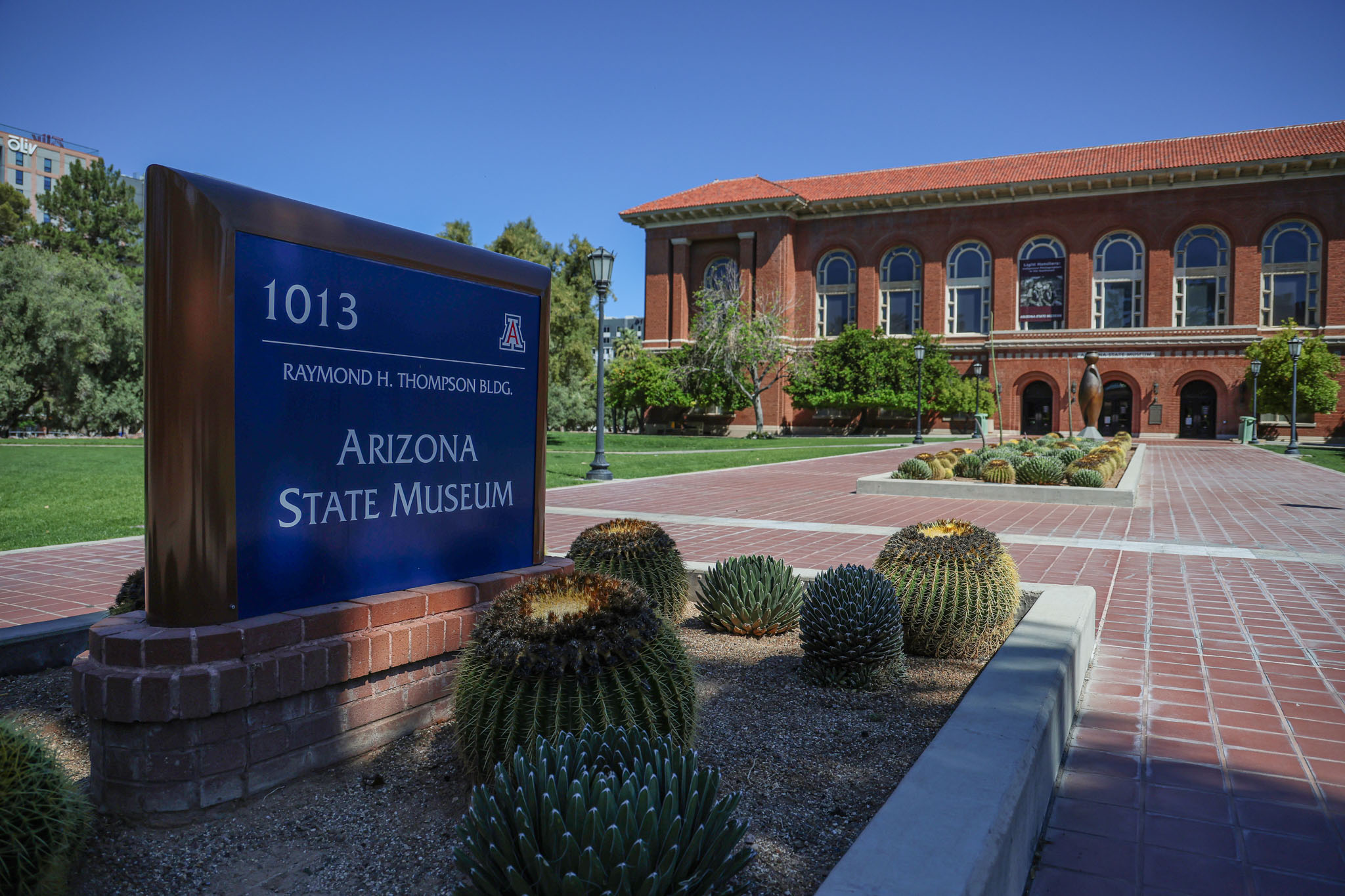
Cronkite News and the Howard Center for Investigative Journalism at Arizona State University examined ASM’s record and found that:
- ASM’s budget doesn’t fund enough staff for the labor-intensive work that repatriation requires, especially given the museum’s vast holdings of Native American remains and artifacts and the legal responsibility it has as Arizona’s archaeological repository.
- The museum has been in desperate need of more space to do its repatriation work, but the university and the Arizona Board of Regents, the decision-maker for university resources, have failed to implement promised improvements, according to records and interviews.
- Without adequate resources of its own, the museum has relied on federal grants, relationships with federal agencies and private donations to accomplish its repatriation work. These efforts have been time-consuming but successful in repatriating large numbers of Native American remains and artifacts, according to records journalists reviewed.
The investigation also found the museum has been successful in fostering meaningful dialogue and consultation with Arizona tribes, a central goal of NAGPRA.
ASM created a Native American advisory board in the late 1980s that has helped guide its repatriation work. The board has supported the museum’s slow, methodical approach to repatriation, even at the expense of its compliance with NAGPRA.
ASM acknowledges that it is still not compliant with the repatriation timelines NAGPRA set forth in 1990 and won’t be until 2030.
Jim Watson, ASM’s associate director who oversees the museum’s repatriation office, calls the museum “willingly noncompliant,” but not “maliciously noncompliant.”
“We think that we’re doing a more ethically, tribal-centered approach to repatriation,” Watson said. “We’re asking the tribes what they want and how they want us to do it. So, it creates a situation where we’re noncompliant with federal law, but it’s what the tribes are asking us to do.”
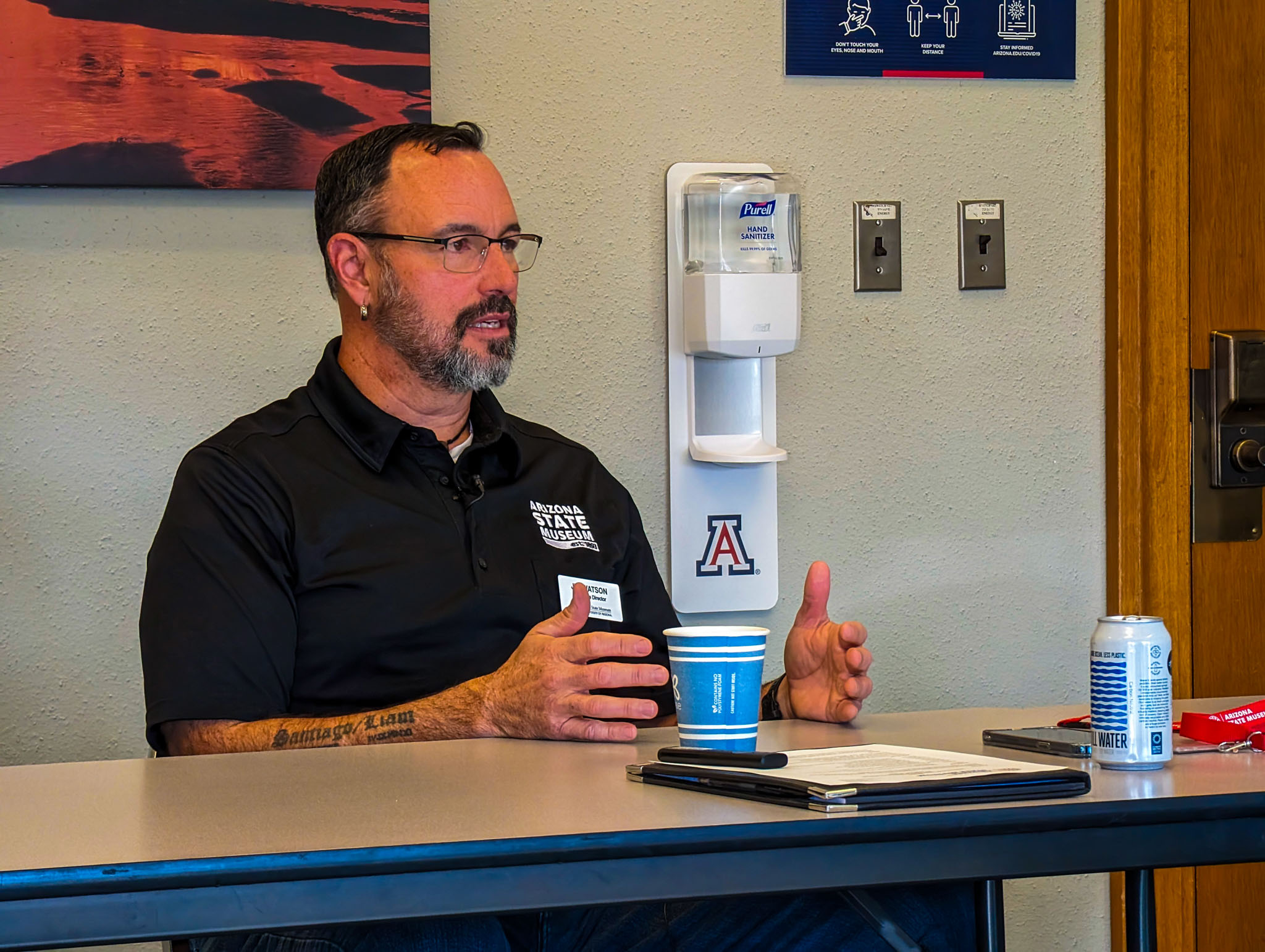
ASM was founded in 1893 when Arizona was still a territory, on land that was home to the O’odham and Yaqui people.
Over the decades, the museum grew into the largest anthropological museum in the Southwest, with world-class collections of Native American pottery and basketry.
Among them, however, are Indigenous human remains, funerary artifacts and other items taken from archeological digs and construction projects that disturbed them. Some were donated from private collections. In 2023, the museum told the National Park Service that its collections subject to repatriation potentially included cultural affiliation to more than 250 tribes.
In 1990, the year NAGPRA was enacted, ASM held the remains of over 7,700 ancestors and nearly 92,000 artifacts that were buried with them, according to Watson.
In NAGPRA’s first years, ASM began repatriating artifacts and sacred objects that were not associated with Native American burials to tribes, according to documents from the Federal Register.
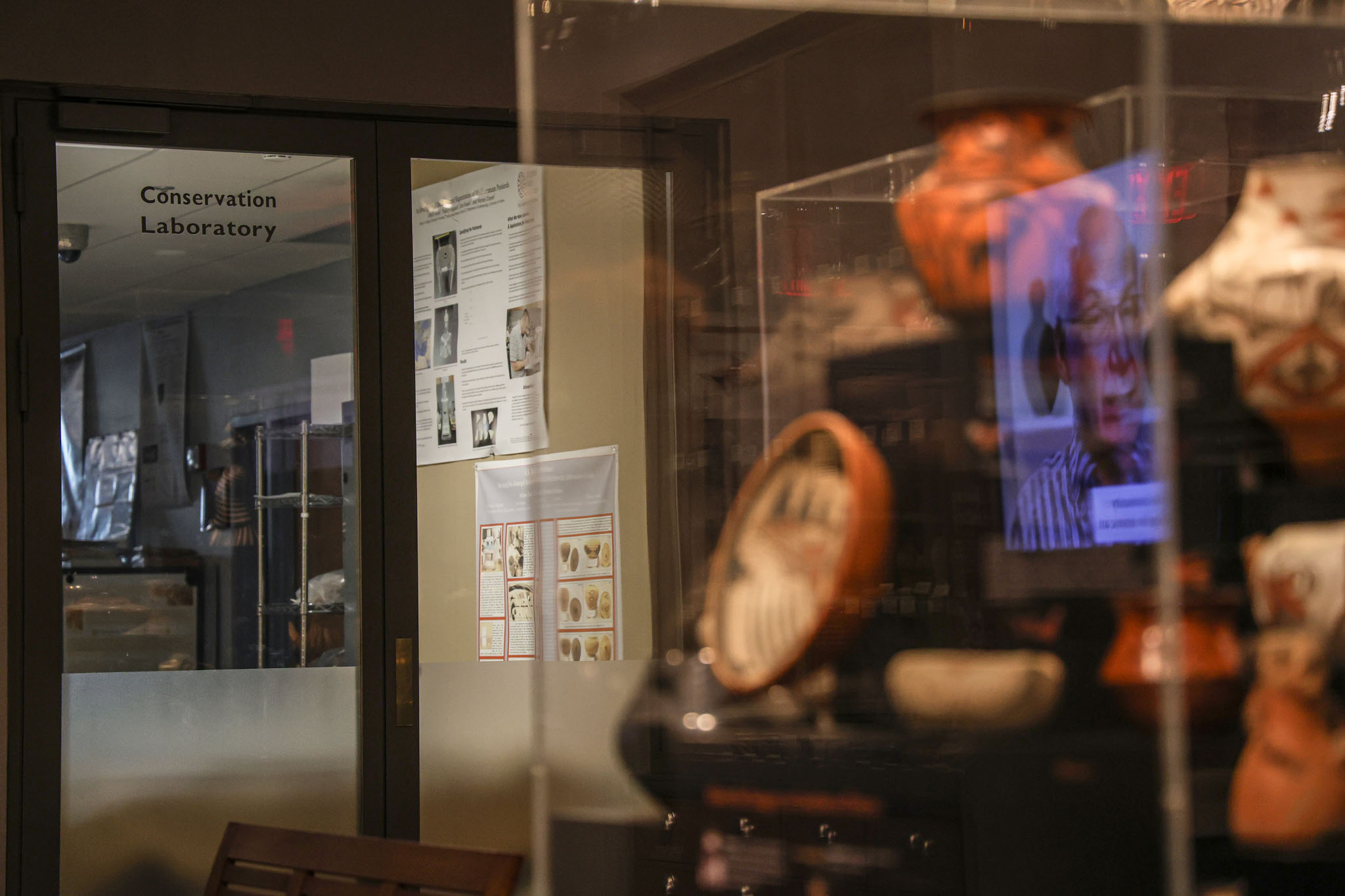
The museum first notified tribes that it was ready to repatriate ancestors in 2004, 14 years after NAGPRA’s passage, according to federal records.
The museum’s repatriation of remains and burial artifacts increased steadily after that and escalated in the 2010s.
From 2004 to 2023, the museum made the remains of more than 2,500 ancestors and about 34,000 burial artifacts available for tribes to bring home, according to park service records. Some of the repatriations were to Arizona tribes.
As of May, the park service counts about 2,700 remains in the museum’s collections that have yet to be made available for repatriation, though the museum says that figure is closer to 1,842 and that it’s working with the agency to reconcile the figures.
ASM also works with several federal agencies to facilitate the repatriation of remains that are in the legal control of the federal government but housed at the museum. Those collections include the remains of over 1,000 ancestors and over 14,000 funerary objects held by agencies including the Bureau of Indian Affairs, the National Forest Service and the Bureau of Land Management.
At the direction of tribes, ASM staff try to repatriate items in large groups that reunite the remains of ancestors with the objects they were buried with. The remains and objects are then reunited with other remains and objects that were taken from the same burial site.
The process requires space, funding and staff, and ASM has been chronically short on all three.
According to Watson and the museum’s website, UArizona funds about 40% of the museum’s budget, mainly for salaries. The money pays for a full-time repatriation coordinator and an assistant. Other museum staff, such as Watson and the head of collections, assist in repatriation as part of their job duties.
The museum also has one staff position fully funded by a National Forest Service grant to help facilitate repatriation of federal agency collections.
Staff cuts and turnover in recent years have affected repatriation work, Watson said.
“It’s very heavy work and it’s not rewarding in the sense that a lot of people think it would be,” said Cristin Lucas, ASM’s repatriation coordinator. “It’s also about minimizing the trauma for the tribes that you’re dealing with. I think that that heavy stress load gets to people; it’s a topic that comes up a lot in repatriation.”
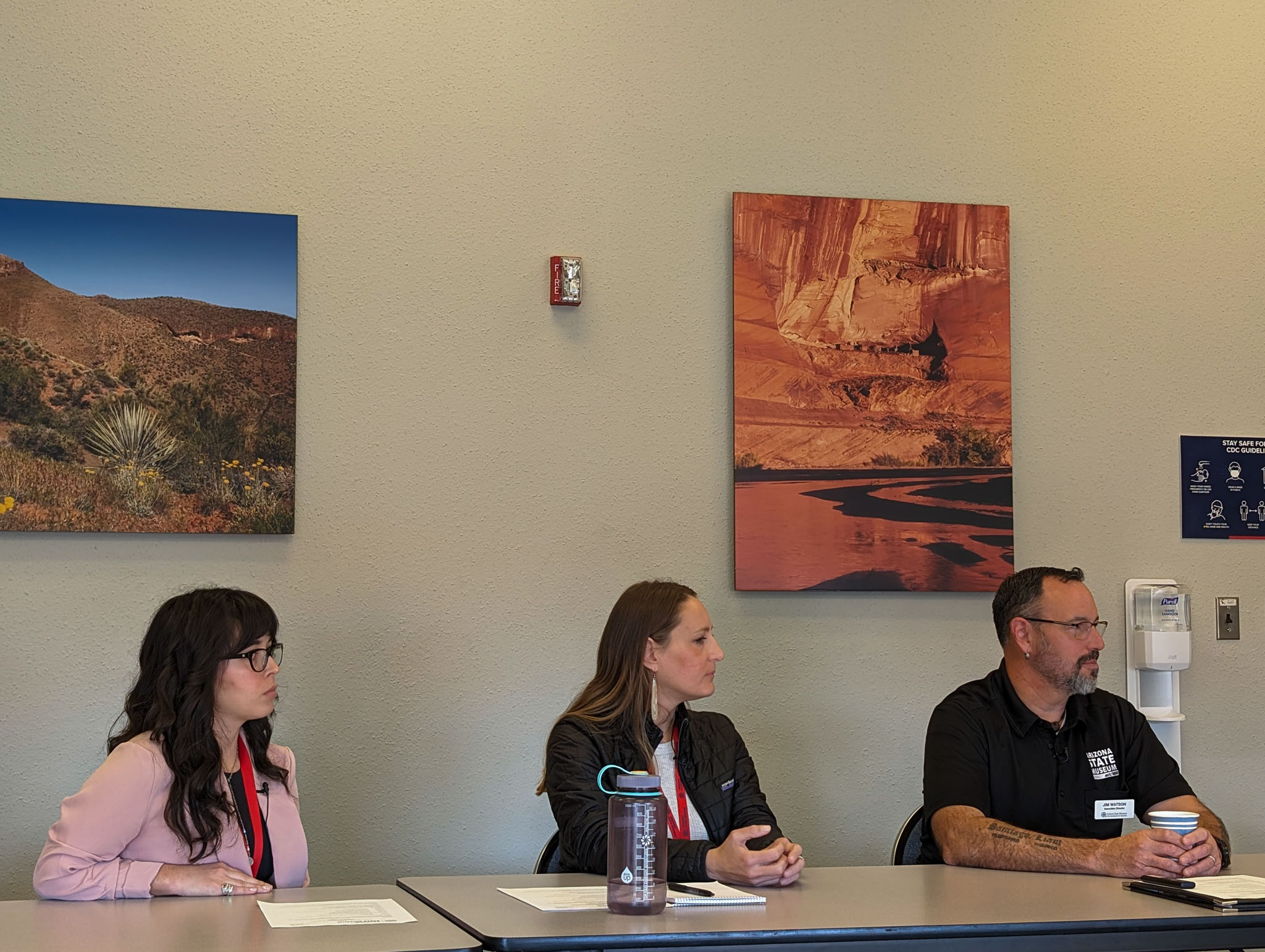
Staff mostly rely on private donations and federal grants to do repatriation work, but those dollars don’t begin to cover the costs, Watson said.
ASM has received over half a million dollars in NAGPRA grants from the federal government since 1999. Three of those grants have come in amounts of just $15,000, which Watson says isn’t enough to fund even one staff position for a quarter of a year.
“So, to do what we do with the federal collections with a NAGPRA grant, it’s impossible,” Watson said.
Work on the federal agencies’ collections takes time away from work on the museum’s own collections, contributing to its noncompliant status, Lucas said.
“We try to do two big repatriations per year, one for a federal agency and one for ASM,” Lucas said. “If we were only working on ASM’s collections, that would go a lot faster, but we are helping with a lot of collections for other institutions and so it is also our responsibility to work with them to get those collections returned.”
For this story, the museum made its staff who work on repatriation and NAGPRA compliance available for interviews and gave reporters a tour of the museum that included step-by-step explanations of the repatriation process.
According to Watson, staff also assembled thousands of pages of budget and financial records for a Feb. 5 public records request from Cronkite News and the Howard Center and turned them over to the university’s public records office for review.
That office did not provide the documents by publication deadline.
Under state law, ASM is the state’s archaeological repository and the destination for artifacts discovered on state land. Each year, its collections grow by about 1,000 cubic feet, or roughly the size of a small bedroom.
In a letter sent to stakeholders on April 8, ASM said it was officially out of repository space, meaning it could longer accept items of historical significance to the state.
ASM officials saw the space crunch coming.
Over a decade ago, staff at the museum began asking the university for an offsite storage facility, Watson said, and have even fundraised over $1 million to facilitate the purchase of a building.
According to budget documents from the Arizona Board of Regents, a new artifact storage facility is in the “early planning stages” and isn’t scheduled to be complete until sometime between 2026 and 2028.
ASM staff have also been waiting for a major renovation to the museum’s main building, which was originally constructed in 1927 to serve as the university’s library.
Those renovations, projected to cost $30 million, have been listed on the university’s capital improvement plan since at least 2015. It wasn’t until 2022 that the university performed a design review of the building to begin formal planning, according to records.
The renovations will address “long overdue upgrades” to the building’s structure, architecture and internal systems, according to budget documents.
Both the lack of space and the overdue renovations impact the staff’s ability to facilitate repatriations under NAGPRA, Watson said. An additional storage building and renovations would allow the museum more space to prepare human remains and funerary objects for repatriation to tribes.
“If we were able to move all those collections to off-site storage, we would have unlimited space to facilitate repatriation,” Watson said. “All of that space that is currently filled with boxes, we could fill with rehousing individuals.”
“There’s been at least three occasions where they sort of started the planning process and then it’s fallen through,” Watson said. “So, it’s really been frustrating for us.”
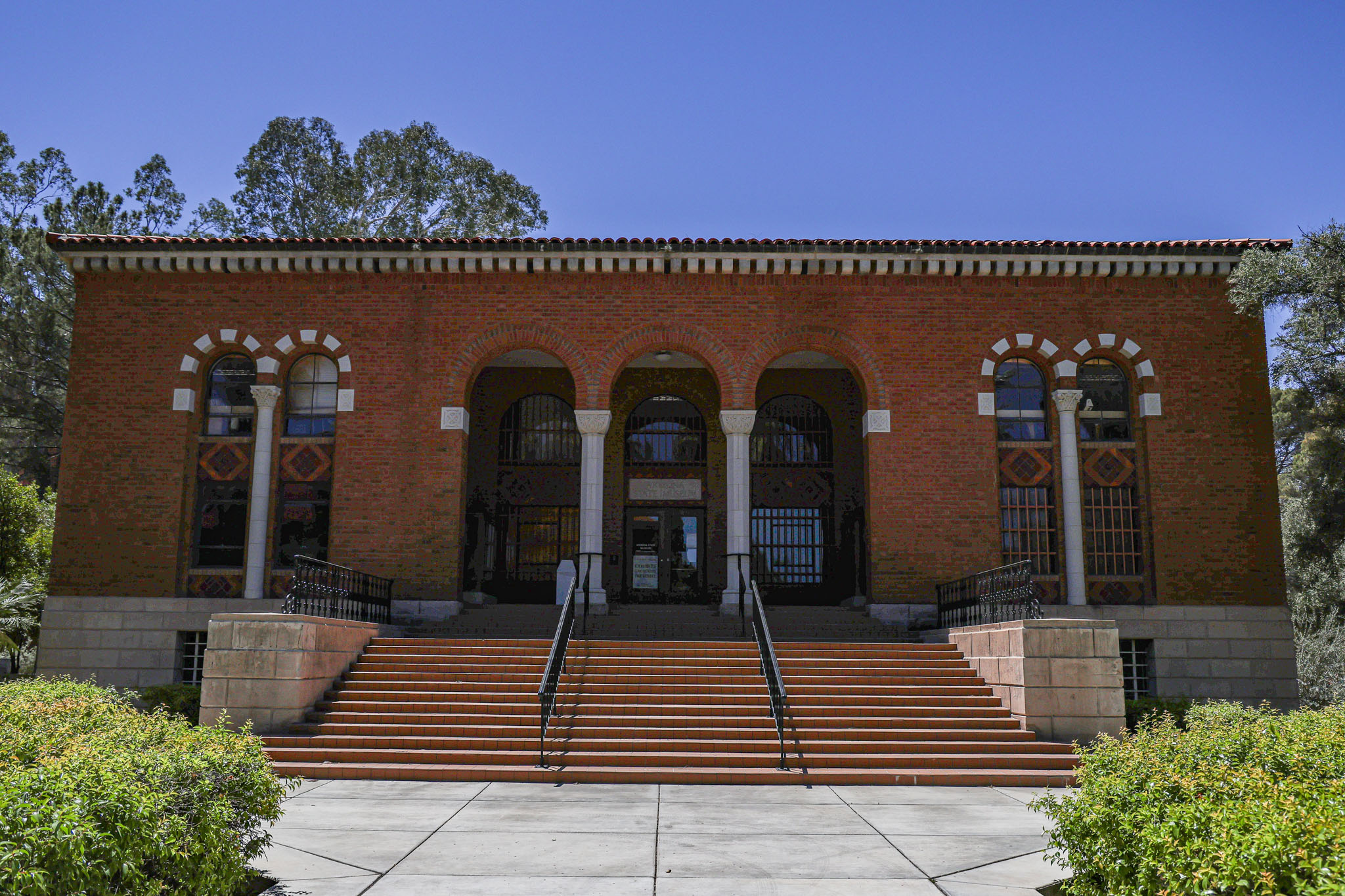
Watson said he’s not getting his hopes up for a new storage facility anytime soon as the university faces a $162 million budget shortfall this year caused by “accelerated spending.” He said museum staff haven’t heard any updates, but he assumes the project is on hold for now.
Mitch Zak, a university spokesperson, acknowledged in a statement April 22 that the museum is facing a serious space crunch that is impacting its work.
“This month the interim Senior Vice President for Research provided a temporary solution for space that allows the Arizona State Museum Staff to resume intaking collections and also provides space in our current buildings to complete the staging and packing of repatriations,” Zak said.
A spokesperson for the Arizona Board of Regents did not provide a comment after multiple requests.
Under current staffing levels and space availability, the museum does not expect to be compliant with NAGPRA until 2030, 40 years after the law was passed. But the museum has won tribal support for its compliance timeline thanks to decades of regular consultations with Indigenous leaders.
Several years before NAGPRA became law, ASM established the advisory board that became known as the Southwest Native Nations Advisory Board (SWNNAB) to help guide its work with Native Americans.
The board is composed of tribal historic preservation officers from Arizona’s 22 federally recognized tribes and advises the museum on public displays of Native American artifacts and the repatriation of Indigenous remains and objects.
“The board provides a space for individual concerns and issues to be brought up,” said Edward Jolie, associate curator of ethnology at ASM and an enrolled citizen of the Muscogee (Creek) Nation of Oklahoma.
The board meets one or more times a year.
“That body became important because in a few years after NAGPRA was passed, we realized that it could also be useful as an advisory board to help us understand how to better approach our repatriation process,” Watson said.
Watson credited the board with helping the museum adopt a “tribally centered” approach to repatriation that seeks to make geographic connections between its collections and the ancestors of local Indigenous communities that inhabit the area.
“It was really trying to draw a direct line from groups in the past to potential descendant communities today,” he said.
Since the 1980s, the museum has completed more than 80 repatriations of Native American remains or artifacts, or a combination of both.
In 2022, the museum sought out the advisory board for advice on how to proceed with the repatriation of the remaining collections in its holdings.
The nine tribes in attendance unanimously directed the museum to adopt a repatriation timeline that would put it out of compliance with NAGPRA but ensure that remains and artifacts repatriated to the tribes were fully inventoried and documented.
The tribal representatives told ASM it was important to them that all remains and items from a collection come to them at one time and that the tribes did not have the capacity to accept several large-scale transfers.
“I think it was a good idea that the Arizona State Museum had to get this agreement with the tribes based on their knowledge,” said Ramon Riley, the NAGPRA representative with the White Mountain Apache Tribe, who participated in the meeting. “That’s how we repatriated a lot of objects at the Arizona State Museum.”
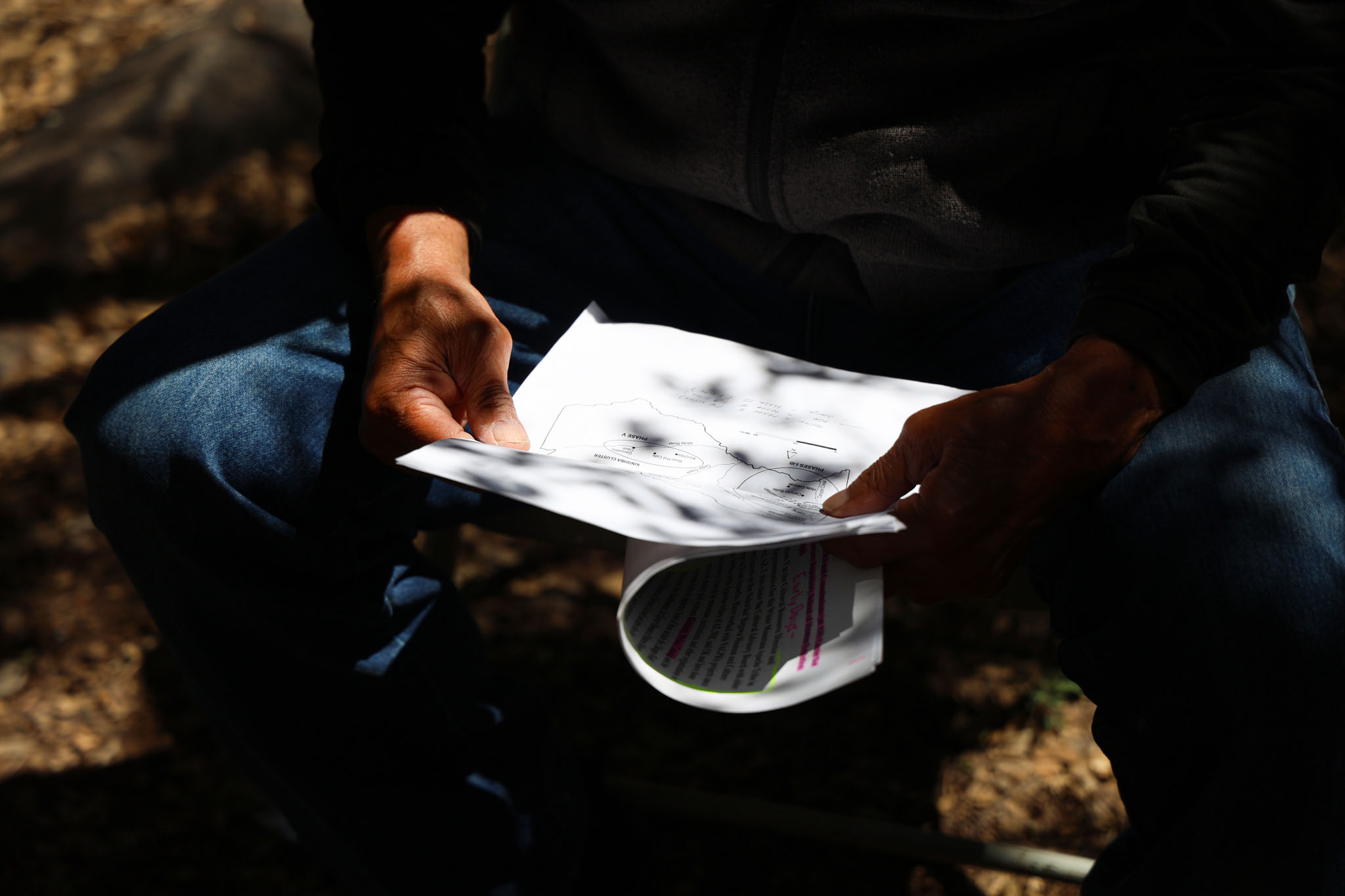
Leigh Wayne Lomayestewa, the Hopi Cultural Preservation Office research assistant and NAGPRA coordinator, served on SWNNAB in 1998 and was the president for one year. As a cultural practitioner, versed in traditional knowledge, ceremonies and religion, he understands how important representation is to facilitate the return of the tribe’s ancestors.
When a repatriation is fulfilled by an institution or university, the Hopi will determine where the human remains will be reburied, he said.
“Our Pueblo ancestors went all throughout the Southwest, and when we look at the records where they were excavated, we try to find a place as close as possible to the site or area where they were excavated and reinter them in that area,” Lomayestewa said.
The traditional ceremony of reburial may be unchanged from the time the individuals were excavated. The Hopi cultural preservation officer works with tribal elders familiar with this process to carry out the duty to rebury their ancestors, he said.
“There are a lot of bones, like individuals who are just in fragments,” he said. “So, we try to put them in one by one, side by side to each other in the same way as they were a very long time ago.”
To his knowledge, institutions have repatriated over 8,000 human remains throughout the Southwest that are culturally affiliated with the Hopi and Pueblo tribes.
Being part of the reburial process for excavated remains and reinterring them with a traditional ceremony can be emotional, said Jacqueline Zillioux, a member of the Gila River Indian Community and cultural practitioner.
“We prepare them for burial under a certain way, we do the preparation a certain way, and we prepare ourselves to handle the remains,” Zillioux said. “As soon as you see all the bones and the artifacts, it just hits you.”
Without repatriation, she said, a part of her community’s history would be missing because ancestors contain information about the past. The artifacts associated with them – from pottery shards to etched shells to grinding stones – offer a glimpse into the lives of those who came before, she said.
For Jolie, ASM’s associate curator from the Muskogee Tribe, repatriation under NAGPRA is an opportunity to build relationships with Indigenous communities and serves as a form of healing and dialogue.
“The law is the starting point,” Jolie said. “It’s like the bare minimum for what we should be doing and if we want to be good, compassionate human beings.”
Moments of repatriation also resurrect the historical injustices that affected the ancestors – and the individuals who worked to right the wrongs of policies that harmed them, said Riley in an interview on the White Mountain Apache’s tribal land.

“When you work with NAGPRA materials, artifacts and human remains, it just brings you through the trauma – historical trauma,” he said.
In the past, ASM staff participated in a repatriation with the White Mountain Apache Tribe, helping unload boxes of remains and shoveling dirt for the reburial, according to Riley.
Two years ago, ASM was involved in the repatriation of Hopi remains on the lands of the White Mountain Apache Tribe, according to Stewart Koyiyumptewa, Hopi Cultural Preservation Office director.
For tribes, such returns bring conflicted emotions.
“When you go through this process, bringing it back, it makes you feel good and it makes you feel sad doing it,” Riley said.
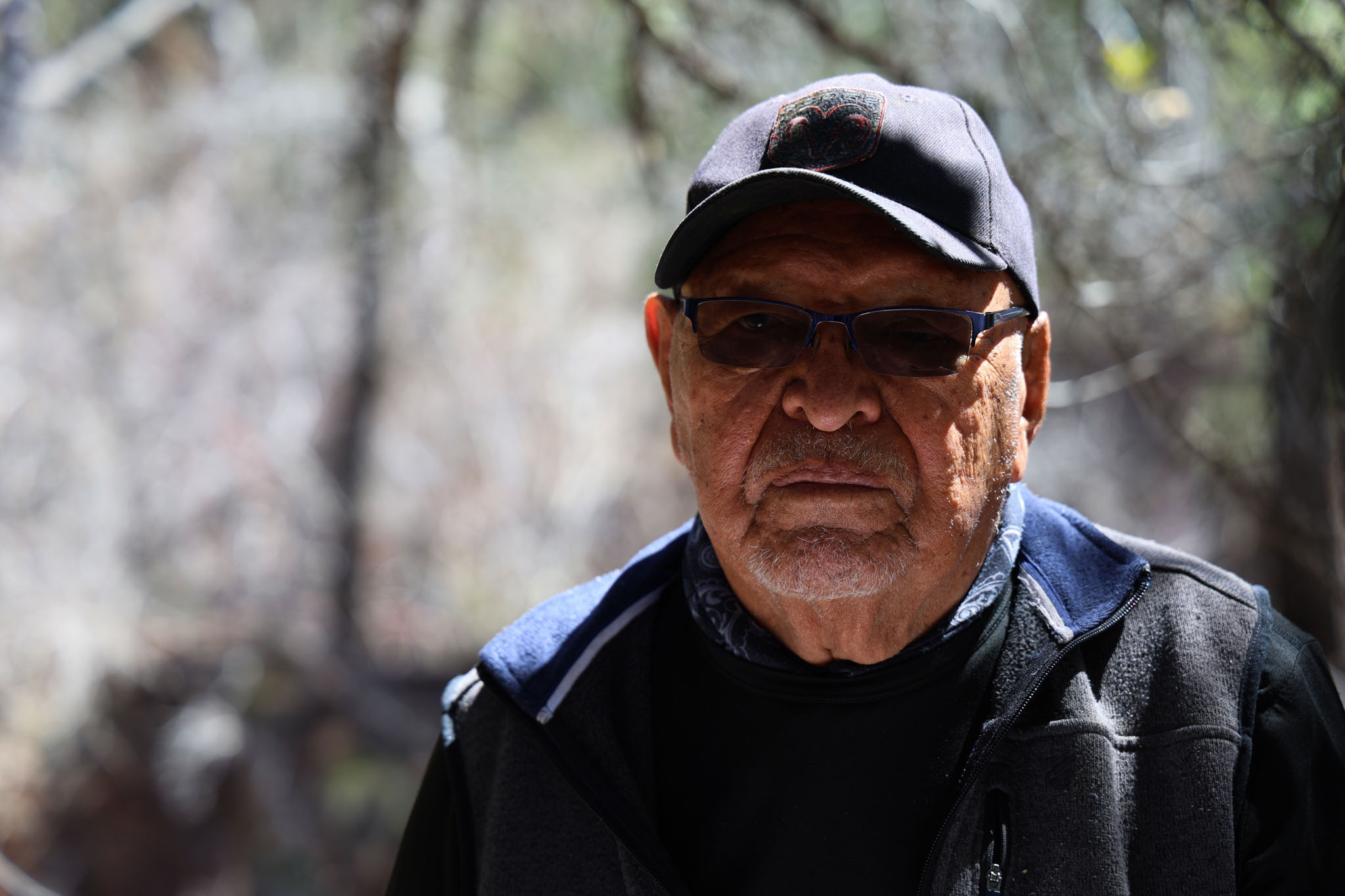
But for the White Mountain Apache and the two other Apache tribes Riley works with, the return of ancestors also brings relief.
“I know all three tribes feel a lot better that they’re finally home and at rest in a place where they came from,” Riley said.
“They should have never been taken in the first place.”
This story was produced by the students at the Howard Center for Investigative Journalism at Arizona State University’s Walter Cronkite School of Journalism and Mass Communication, an initiative of the Scripps Howard Foundation in honor of the late news industry executive and pioneer Roy W. Howard.
For more stories from Cronkite News, visit cronkitenews.azpbs.org.Note: This story originally appeared on Cronkite News. It is published via a Creative Commons license. Cronkite News is produced by the Walter Cronkite School of Journalism and Mass Communication at Arizona State University.
Native America Calling: Native music in 2025
Native America Calling: Amid Greenland’s independence push, Denmark accounts for colonial blunders
Senate Committee on Indian Affairs sets business meeting and hearing
Native America Calling: Saving historic architecture and other important places
VIDEO: H.R.2400, the Pit River Land Transfer Act of 2025
VIDEO: H.R.3620, the Southcentral Foundation Land Transfer Act of 2025
VIDEO: H.R.2815, the Cape Fox Land Entitlement Finalization Act of 2025
AUDIO: H.R.2400, the Pit River Land Transfer Act of 2025
AUDIO: H.R.3620, the Southcentral Foundation Land Transfer Act of 2025
AUDIO: H.R.2815, the Cape Fox Land Entitlement Finalization Act of 2025
Native America Calling: Native in the Spotlight with Randy Taylor
NAFOA: 5 Things You Need to Know this Week (December 15, 2025)
Chuck Hoskin: Cherokee Nation celebrates milestone in tribal gaming
Native America Calling: A Native entrepreneur’s view of the retail shopping season
More Headlines